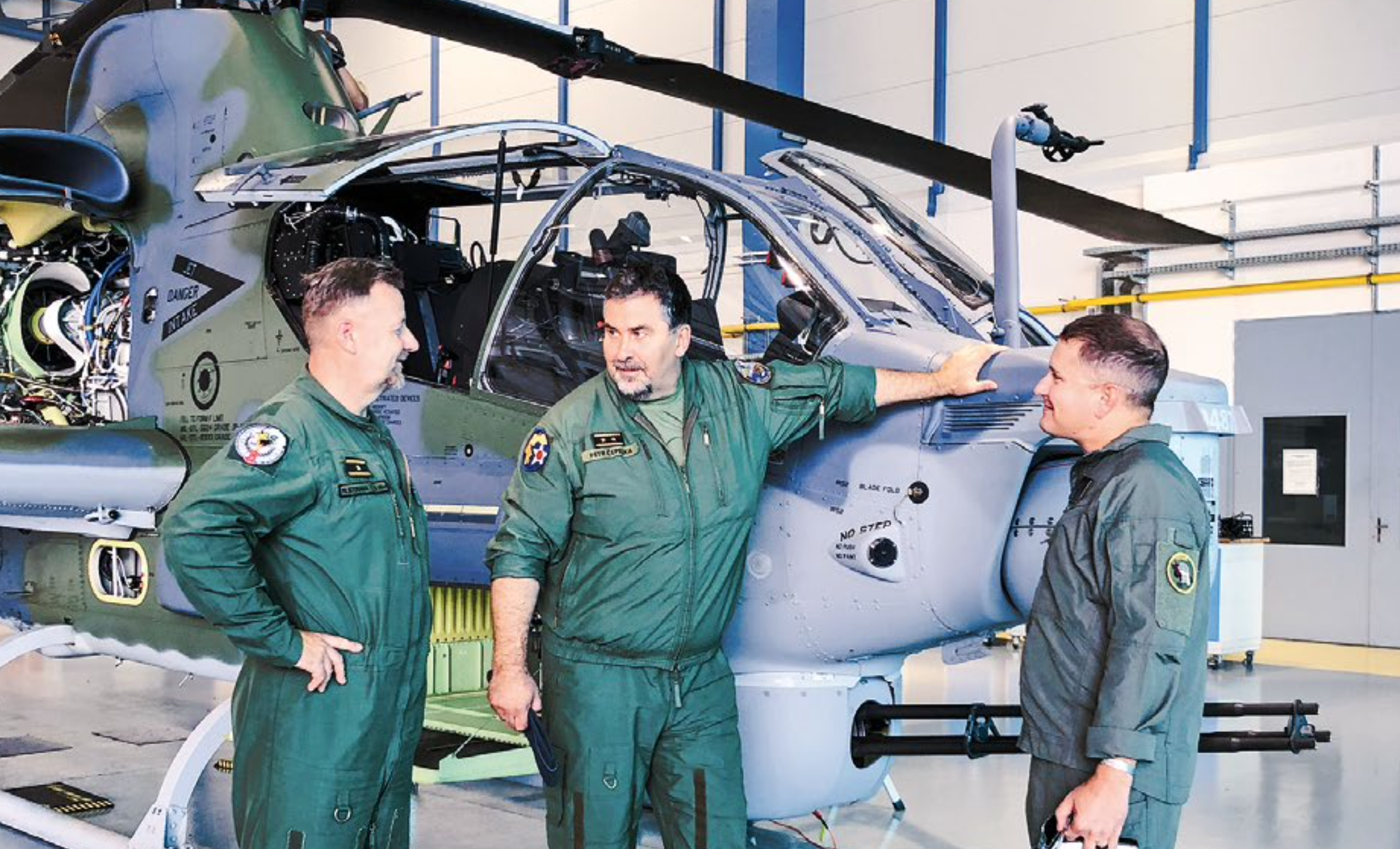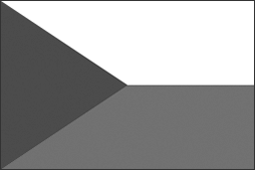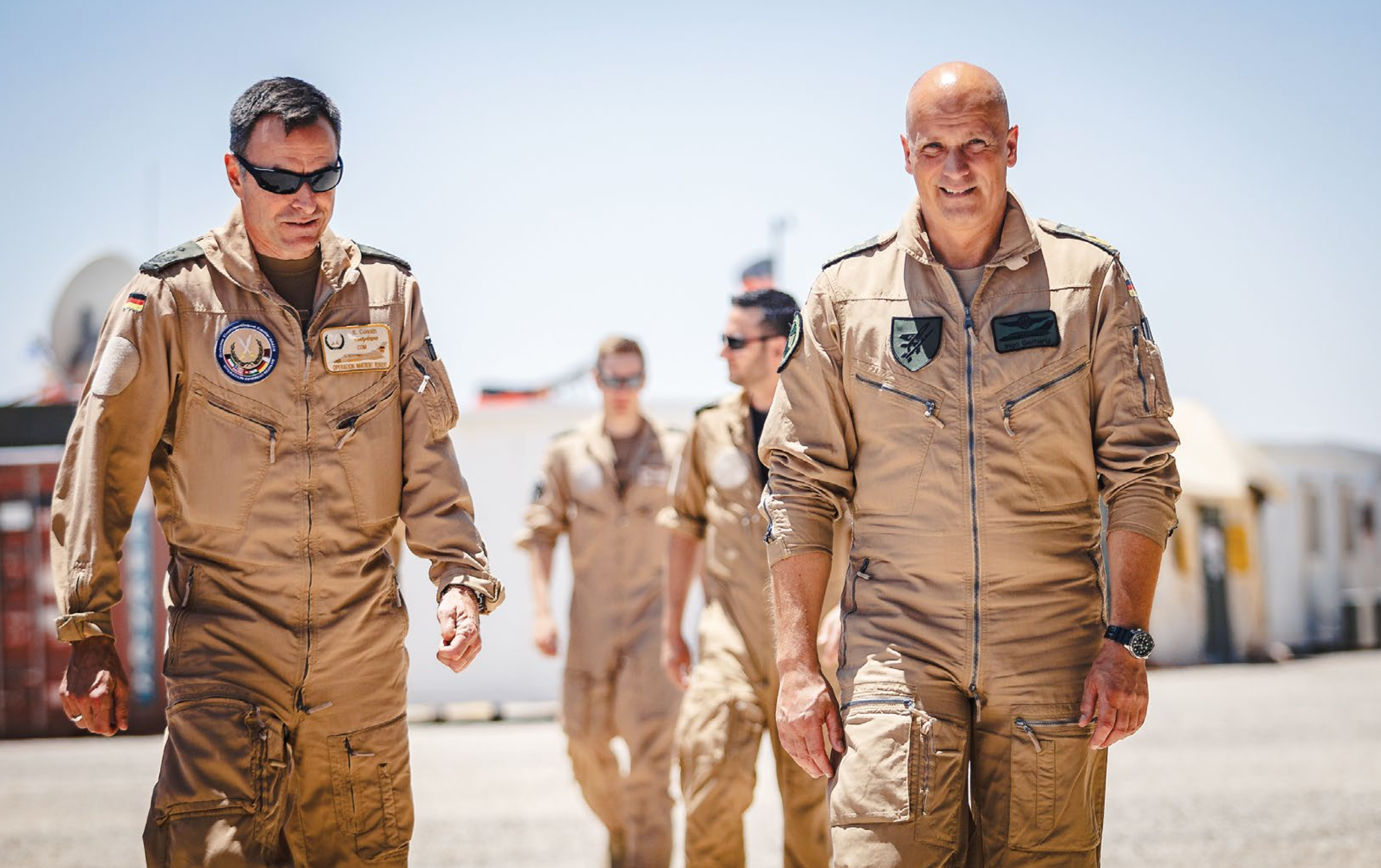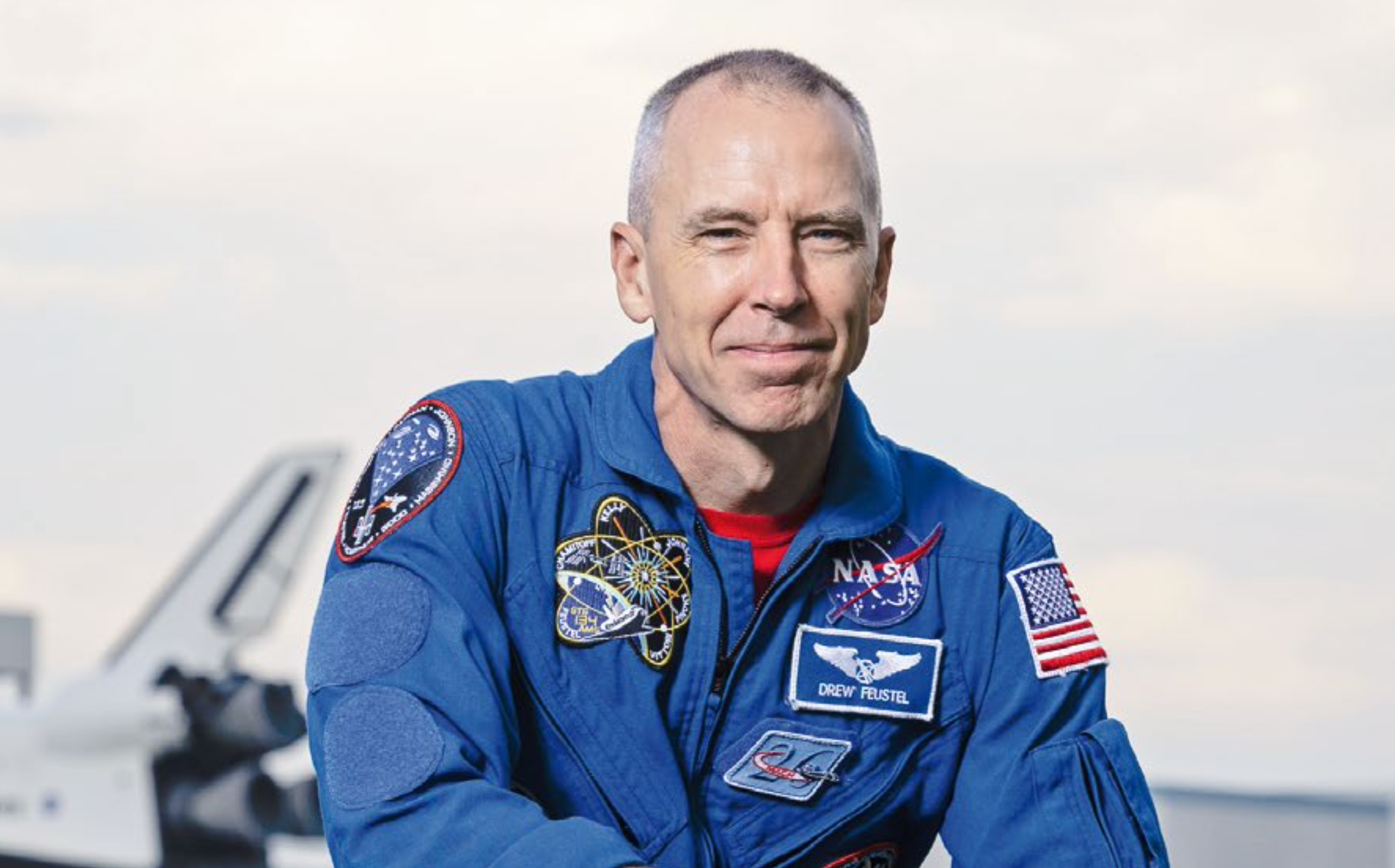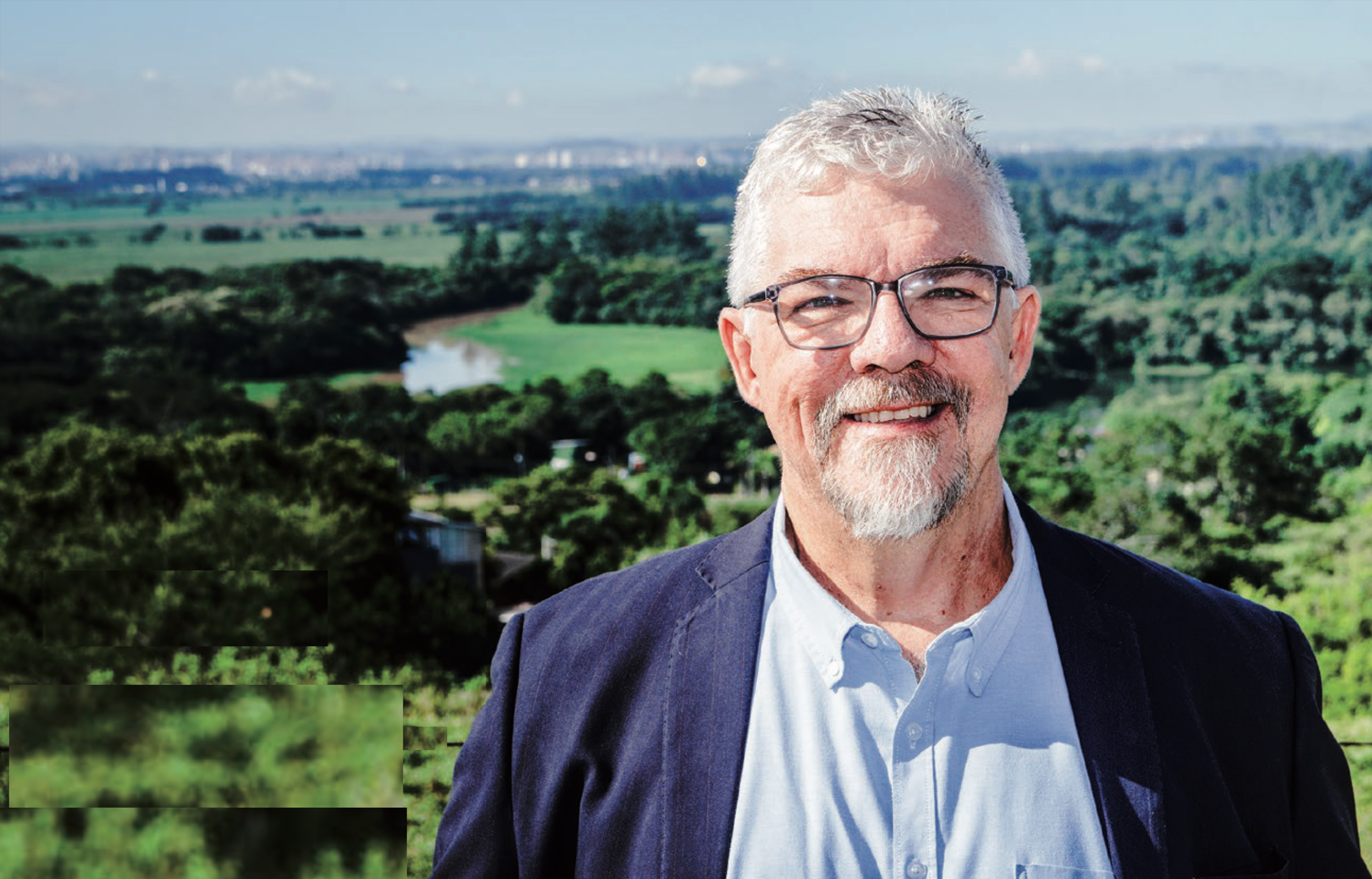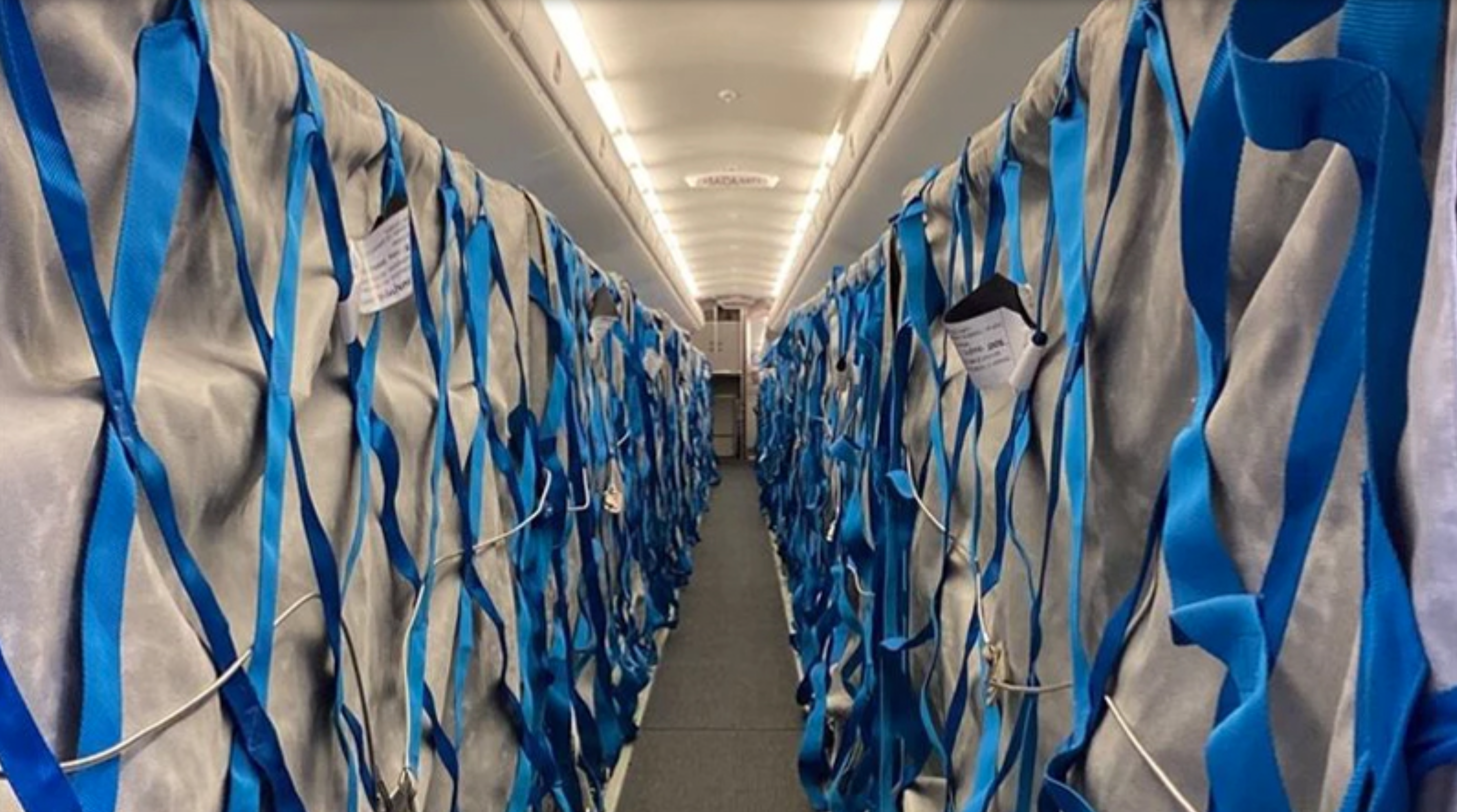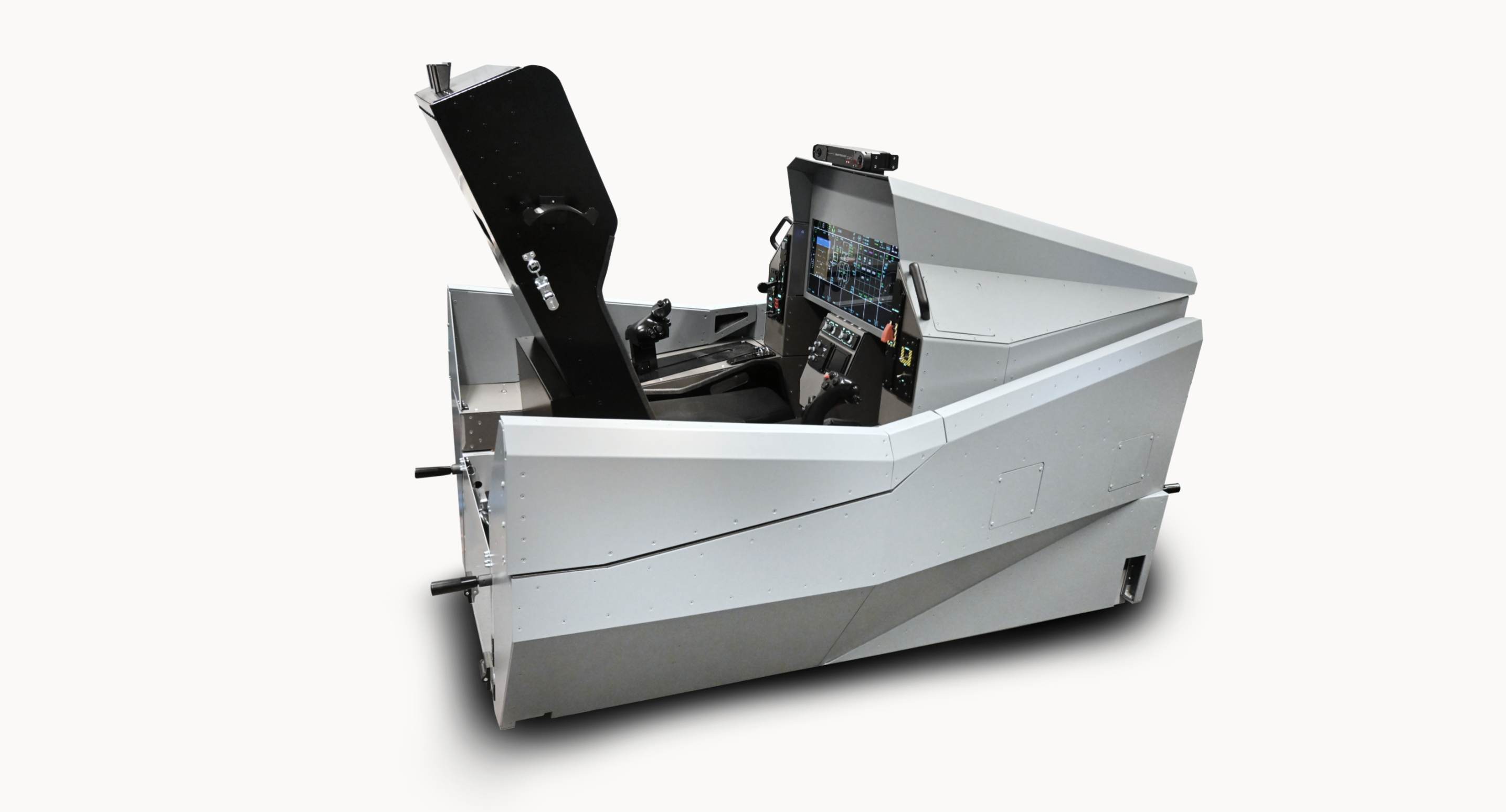One does not have the chance to interview an astronaut every day. When we had the opportunity to speak to Andrew Feustel, in addition to his space achievements we were impressed by his detailed knowledge of many aspects of the Czech Republic from its history to its geography, his excellent pronunciation of difficult Czech words and his clearly visible honest and warm relation to the Czech nation. With no doubt Drew is the best person to talk to about space and the Czech Republic.
An interview with NASA astronaut Andrew “Drew” Feustel about the Czech Republic and more… by Jakub Fojtík.

There is probably not a better starting question than how did it happen that you became an astronaut?
That is a great question. It was really a childhood dream or fascination and I was always interested in space exploration. I always imagined that we humans have easy access to space, because I was watching movies about it and it all inspired me and made me dream about working and living in space. That was something I had in my mind and even in my heart and I continued to develop my career and became educated in geological sciences and geophysics and then simply applied to the program. I believe I was very lucky and fortunate, and simply I was in the right place at the right time.
You make it sound easy, but surely it was not. And when it happened, what was the first impression once you were in space? I mean the first feelings that came across your mind.
As you may imagine, it was a bit of a dream and I was fascinated by seeing the Earth from space, but also because I had trained and prepared for so long that I felt some urgency to begin the work and complete the tasks that we had. But the first impression was really the fascination of the view of the Earth from space. It is incredible.
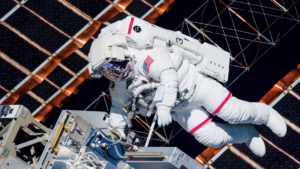
Well, you are one of the few astronauts who can compare space travel in a space shuttle and in a rocket. How different are those two types of transportation?
They are very different and I like to explain that the Soyuz is very smooth on lift-off heading into space, while the shuttle is very violent and sort of bumpy with a lot of shaking. For the return to Earth it is the opposite, the space shuttle is very smooth like an airplane coming back in to land and the Soyuz capsule is extremely violent with a lot of vibrations, motion and of course the landing is very hard.
I can imagine that. I believe everybody saw the videos of the return of recovery module of Soyuz with the terrible speed, rotations and impact. How do you feel in that moment?
You can imagine it is very disorienting and the final impact on the ground is hard.
Can you even get ready for that?
(laughs) No, you cannot get ready for it. There is no preparation. You only know it is coming, but you do not know the exact moment when the impact will occur. You have only the radar altitude indication of the decreasing altitude, but finally you do not know when the impact point will be and it just comes.
It always comes to my mind when I see the recovery module impact that there is no way anybody inside can come through that.
(laughs) Yes, it is definitely not comfortable.
Well, with space exploration being dominated in the past by governments, how do you see its coming commercialisation? I mean it has become the standard in many government-managed areas, including the military, to outsource many services. In your opinion, is this going to become the standard that space travel will be provided by commercial organisations?
I think the various governments around the world will continue supporting space exploration, but they will be supportive of broader cooperation developing access to space. We believe it is important to have that capability. When those companies start to find ways of providing those services and have a good business model, then more investment will be made in space and more humans will have access to space. This is good, positive thing. In the next six months we hope to see the US companies Boeing and SpaceX providing access to the International Space Station. This allows NASA to focus on building other spacecraft for deeper space exploration.
When you said that being an astronaut was your childhood dream, did you know that the third nation in space was the former Czechoslovakia?
Yes, I know that and I know Vladimír Remek very well, he is a good friend of ours.
Last year it was exactly 40 years since the flight of Vladimír Remek. Your constant interest in the Czech Republic and bringing Czech-related items into space it is something like extending the Czech footprint in space. I would like to thank you for that, but I do need to ask, what does it mean to you?
We still have a relationship to the country, my wife and I have friends and relatives in the Czech Republic. It was exciting to realize that we could extend the Czech Republic footprint in space. The Czech Republic is a small nation, but it has a lot of influence in the world and has always had a good relationship with many nations as a part of the free world. People of the West always had a good connection with the country and most specifically we in my family had the connection. It was exciting for me to share the stories of space exploration and get Czech people involved.
Speaking about your personal achievements in space, I have seen several pictures of Czech places you took from space. I know up there you are surely aware of the exact position of the Earth, but was it difficult to find the Czech Republic from space?
It was actually extremely difficult for me to take those pictures and especially to find some of the cities in the Czech Republic. Really I was only able to locate four cities in the Czech Republic, Prague, Brno, Plzeň and Znojmo. I would like to have found Český Krumlov and Karlovy Vary also, but I was not able to locate those cities because it was too difficult. Even though we know exactly where we are when we look down on the Earth, if you are not familiar with the layout of the cities it is hard to pick the right target because you only have few seconds and then it is gone. And then you may not have a chance to see it again for weeks or months. It was very challenging to get those pictures.
Those pictures were taken over by almost all the media and I believe most Czech citizens saw them.
Yes, that is great.
I know the relation of your wife to Znojmo, so it is a really nice way to put this beautiful city on the same level as Prague or Brno in respect to their visibility from space. And Prague and Plzeň are well known for the beer. Have you had a chance to taste it?
(laughs) Yes, I know Znojmo, because of my wife’s relatives. And I am very familiar with Czech beer.
What was the feedback you got from the Czech Republic?
It was absolutely amazing. Every time I came to the Czech Republic we always had a great welcome, the people treated us like a family, we appreciate it. We felt like at home, we may call it home.
How did you come to the idea of taking Czech-related items to space? Your wife is half-Czech and half-Indian and you are American, so why the Czech Republic? You should take items from three nations at the same time actually…
My family has a relationship not just to these three nations. Not just the US, India and the Czech Republic, but also Canada, because I have a dual citizenship in the US and Canada and some members of my wife´s family live there. So each time I went to space I tried to take something representing a nation. For the Czech Republic it was easy. I had good feedback from the highest authorities within the science community. That made it easy to get the country engaged and share the story. The challenge we had with India was it is such a large nation and it was difficult to find access to engage the entire nation. So we focused on Canada, US and the Czech Republic, because the communication was great and we had the ability to get key people from those nations engaged.
I believe the selection of the Czech items was brilliant. While the name of Neruda´s poems speaks for itself about getting into space, how did you come to Mole? Did you know that in one of the episodes he actually built a space rocket?
Yes, we did know that and we had an opportunity to meet with Zdeněk Miller after the second space flight, where we flew Mole to space. After the return of the mission Zdeněk Miller presented us with an illustration with Mole in his rocket ship from 1965. It was very special for us to meet him and talk to him and for him to realize that finally Mole´s dream of going to space was real and he actually went to space. I think it is amazing, it was a very special part of the space flight. This whole idea came from my wife and her interest in connecting the nation with the work we were doing.
I have read there were actually two Moles in space, is that correct?
That is true. On our first mission we flew with one Mole, a really large one and later I had also a small Mole with me. We called him son of Mole, because the latter one was so small. He has spent some time in space and he is back on Earth.
Formally speaking, because he is without doubt a Czech citizen, he has even overtaken Vladimir Remek with his two flights…
(laughs) That is true, he did it twice.
There are surely some limitations or such personal items you may take with you. Did Mole undergo any special treatment before the mission?
Actually, there are many requirements for inflammability for children´ toys and such commercial products have to meet those requirements and they were even good enough for the flight. For items which do not meet such requirements we have some allowances in the space for limited exposure time and we can take some items for photos on short trips. In general, it is not too difficult to find items we may take with us.
You have also taken to the space the Moon landscape drawing from Petr Ginz. As the previous attempt did not end in successful return to the Earth, you had to have a lot of courage to finish this mission…
There was a unique opportunity to try to complete the mission. With the assistance of the Yad Vashem organisation in Israel (the Holocaust Museum in Israel – interviewer´s note) we were able to take those drawings to space. We were very sad to hear that the wife of Ilan Ramon (the first and only Israeli astronaut, who tragically died in the re-entry accident of the Colombia space shuttle with the copies of Ginz’s drawings with him – interviewer´s note) passed away. Our hope was to present the drawing to her and to tell her the mission was completed. Unfortunately, this is something we will not be able to do, but we will still return it to Israel.
What will be the next Czech item you will take or you would take to the next mission, if such occurs?
First, I need a next mission. We will surely spend some time to find something. Maybe this time some beer. (laughs)
Speaking about the beer, what is your favourite brand?
(laughs) There are so many wonderful beers in the Czech Republic and this is probably not allowing me to pick just one. I would be afraid on the next visit I would not be served by the others if I name just one. But let´s just say that Czech beer is my favourite.
In the country there are several companies and institutes supporting space exploration. For geopolitical reasons many of them work with ESA, but some are suppliers of NASA as well. Do you know about some of them, or is the supply chain for any space rocket or shuttle a bit out of sight for you?
I am not aware too much, only occasionally do I hear about them, but not in a great detail. But I would look forward, maybe on a next visit, to learning more about what those companies have done and how they supported the space missions. But I know that the Czech Republic is working hard on certain capabilities and technology and is looking very much at the technical sector.
The Czech Republic is also known for its aeronautical products, with the Aero L-39 being one of its best sellers. There are some 300 of these jet trainers in the US and in Russia it is still used during the training of astronauts. Are you familiar with the plane?
I have never flown in the L-39, but I am familiar with the plane and have seen it in Russia and even in the US. I know it is a great training aircraft. I would like to take a closer look at it at some point.
You have visited the Czech Republic several times. What is the first association you have in your mind when it comes to it?
What I like most about the Czech Republic is just the beautiful countryside and the beauty of the cities there. Many of those I have seen have such wonderful architecture. I especially love Prague. People in the country are very generous and always happy to help.
Is there anything you would like to do, see, taste, feel or try in the Czech Republic, which you have not been able to yet?
We hope someday to visit the Karlovy Vary film festival.
Well, I believe once this article is out, you will be granted your wish. Andrew, thank you very much for your time. Within the aviation sector we normally wish good luck by saying “keep the blue side up”, but that does not work for astronauts, does it?
Well, I would like to say the sky is not the limit.
The editorial team would like to express its sincere thanks to Megan Sumner and Brandi Dean from the NASA Public Affairs Office for their kind and professional support.
Andrew “Drew” Feustel (*1965)

Drew is a holder of a Ph.D. degree in geophysics and is a NASA astronaut. He was selected as an astronaut candidate by NASA in 2000 with his first spaceflight in 2009 (Mission STS-125 with the Atlantis space shuttle focused on repair of Hubble Space Telescope, Drew performed three spacewalks during it), his second in 2011 (Mission STS-134 with Endeavour focused on servicing the ISS), his third in 2018 (Expedition 55/56, both with Soyuz rockets, missions focused on ISS modification and preparation for new transport means integration; during the Expedition 56 Drew was the mission commander). Drew is married to Indira Devi Bhatnagar (who has Czech and Indian parents) and they have two sons, Ari and Aden. Drew likes car restoration, skiing and guitar playing (he is even a member of astronaut band Max Q).
Photo: NASA

